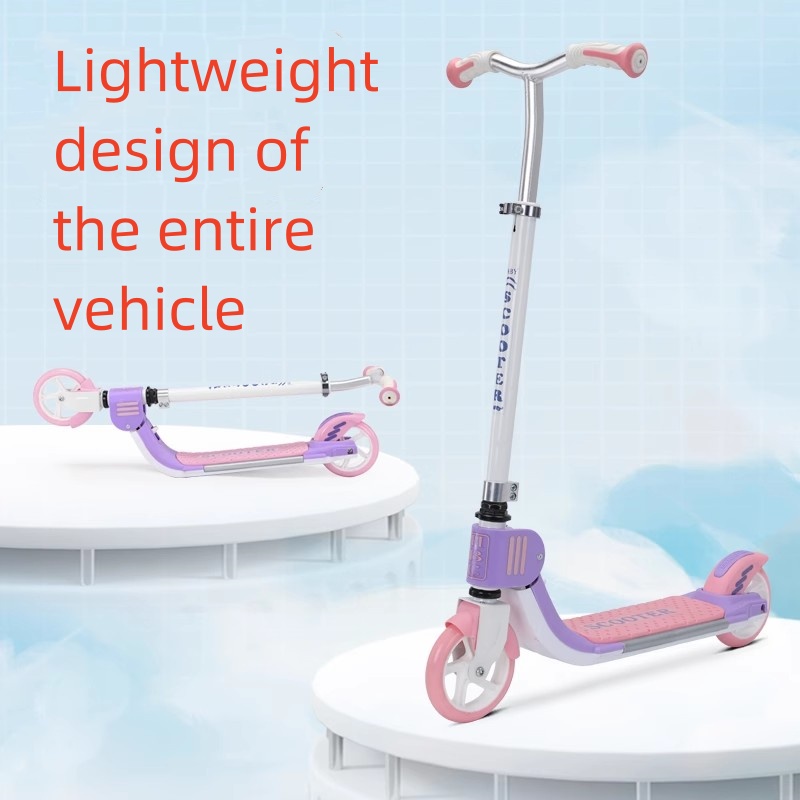how to use self balancing scooter
How to Use a Self-Balancing Scooter
Self-balancing scooters, commonly known as hoverboards, have gained immense popularity as a fun and convenient means of transportation. Whether you're navigating through your neighborhood or just cruising around the park, learning how to use a self-balancing scooter effectively is essential for ensuring both safety and enjoyment. This article outlines the key steps and tips for using a self-balancing scooter.
Understanding Your Scooter
Before you hop on, familiarize yourself with the components of your self-balancing scooter. Typically, these scooters consist of a platform for standing, two wheels on either side, and sensors that help balance the rider. Most models come equipped with lights, a battery indicator, and sometimes even Bluetooth connectivity for music. Make sure to read the user manual that came with your scooter to know its specific features and functionalities.
Safety Gear
Safety should always be your priority when using a self-balancing scooter. Ensure that you wear appropriate protective gear, such as
- Helmet A well-fitted helmet can protect your head in case of a fall. - Knee and Elbow Pads These can prevent injuries from scrapes or impacts. - Wrist Guards These can help protect your wrists in case of a fall.
Select a safe area to practice away from traffic, steep hills, or crowded spaces until you feel confident.
Getting Started
1. Charge Your Scooter Fully charge the scooter before usage. Most models will have an indicator light to show when it’s charging and when it’s ready to go.
2. Check the Ground Ensure that the surface where you're starting is flat and smooth. Avoid areas with obstacles, gravel, or uneven pavement.
how to use self balancing scooter

3. Mounting the Scooter - Stand next to your scooter while it's off. - Place one foot on the platform, keeping your foot flat and ensuring it’s near the foot pad that activates the control sensors. - Gradually shift your weight onto that foot while gently placing your other foot onto the scooter. Make sure you maintain your balance.
4. Balancing Focus on maintaining your center of gravity. Lean slightly forward to go forward and lean back to reverse. The scooter's sensors will adjust to your movements, so staying relaxed is essential.
5. Turning To turn, lean in the direction you wish to go. For example, lean to the right to turn right. Practice making wide turns initially until you gain more control.
Practicing Maneuvers
Once you get the hang of going forward, stopping, and turning, practice some additional maneuvers
- Stopping To come to a halt, stand straight and lean slightly backward until you stop. This will engage the brakes and allow you to come to a safe stop. - Going Backwards Lean slightly back and apply gentle pressure on the back foot. You will begin to move in reverse.
- Navigating Obstacles Start slow and practice weaving around objects to improve your control and agility.
Maintenance Tips
To keep your scooter in top condition, perform regular maintenance checks. Inspect the wheels for wear, check the battery life, and keep the scooter clean. Following the manufacturer’s recommendations for maintenance will ensure a longer lifespan for your device.
Conclusion
Using a self-balancing scooter can be an exhilarating experience when done safely and correctly. By understanding the mechanics of your scooter, wearing the right safety gear, and practicing your balance, you can enjoy this mode of transportation to the fullest. Always prioritize safety and be aware of your surroundings while riding. With a bit of practice, you'll be zipping around effortlessly!
-
Understanding Voltage in Battery for Children's Motorized CarNewsJun.05,2025
-
Safety Features to Look for in an Electric Car for KidsNewsJun.05,2025
-
How to Teach Your Child to Ride a Kids MotorcycleNewsJun.05,2025
-
How to Prevent Falls on a Balanced ScooterNewsJun.05,2025
-
How to Maintain Your 3 Wheeled Scooter for LongevityNewsJun.05,2025
-
Best Motorcycle Scooters for Urban CommutingNewsJun.05,2025
